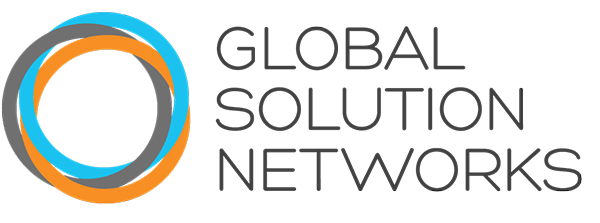A series on deep collaboration strategies for deep decarbonization
in support of UN Sustainable Development Goal #13
TWO
This is the second post in a blog series that aims to:
- examine existing and emerging collaboration initiatives.
- examine new models for collaboration.
- define what is Deep Collaboration.
- outline a roadmap for how to achieve Deep Collaboration to advance Deep Decarbonization.
I was privileged to attend the UNFCCC COP meetings in Paris November 30 to December 12 along with about 40,000 other participants from nearly 200 countries. It was exciting and interesting to learn about the plans in store for the Paris Agreement.
Over the 2 weeks of meetings and activities I participated in several events involving both experienced and new climate GSNs and similar collaboration initiatives. One of my favorites is the World Wide Views (www.wwviews.org). The organization has developed an interesting new tool to support inclusive research — Engage2020.
Although I was able to meet with many climate GSNs, back in 2014 the GSN published the report “Addressing the Climate Crisis with Networks of the Willing and Committed.” The 47 page report presented a brief critique of the failures of conventional approaches and presented the many active and effective organizations that are working outside the limitations imposed by governmental and institutional structures—global solution networks, or GSNs. Some examples of GSNs in the realm of climate and planet stewardship that are mobilizing expertise, resources and collaborative action included:
- Knowledge Networks—developing new thinking, research, ideas and policies that can be helpful in solving global problems. (Their emphasis is on the creation of new ideas, not advocacy.)
- Watch Dog Networks—scrutinizing institutions to ensure they behave appropriately.
- Advocacy Networks—seeking to change the agenda or policies of governments, corporations or other institutions.
- Policy Networks—creating government policy even though they are not government policy makers.
- Operational and Delivery Networks—actually delivering the change they seek, supplementing or even bypassing the efforts of traditional institutions.

Snapshot of some of the GSNs that have been added to the “Network of Networks” working on climate change.
(for a complete overview of GSNs and the GSN taxonomy of network types, refer to the GSN Field Guide)
Global Solution Networks has catalogued these collaborative climate and planet stewardship networks into an online climate GSN hub, and provides tools to help stakeholders find collaborators and better understand the landscape of global problem solutions.
The dynamic and growing GSN hub presently catalogues nearly 150 GSNs working on issues of climate change and:
- Identifies GSNs according to the GSN taxonomy of ten network types (e.g. knowledge network, advocacy network, operational and delivery network and so on).
- Tags GSNs with searchable keywords relevant to the hub focus (e.g. resilience, divestment, carbon management, data, funding and more).
- Provides contact information for each GSN.
- Enables users to define their own catalogue of GSNs, as well as the ability to download all this information into a spreadsheet.
The climate GSN hub is much more than a catalogue of existing collaboration initiatives. On the foundations of the GSN research on GSNs and how do they work, the information in the climate GSN hub helps users to:
- Compare similar types of GSNs.
- Visualize the context of each GSN relative to other GSNs, for example, how a data of a knowledge network can link with an operational and delivery platform and also link with a funding GSN to create more complex and powerful solutions to global problems.
Understanding how the existing climate GSNs compare and can link up to create a “network of networks” is an important step to identifying opportunities and developing models for collaboration that can be more effective in leveraging existing resources to achieve more ambitious targets – which will be the subject of our next blog.




